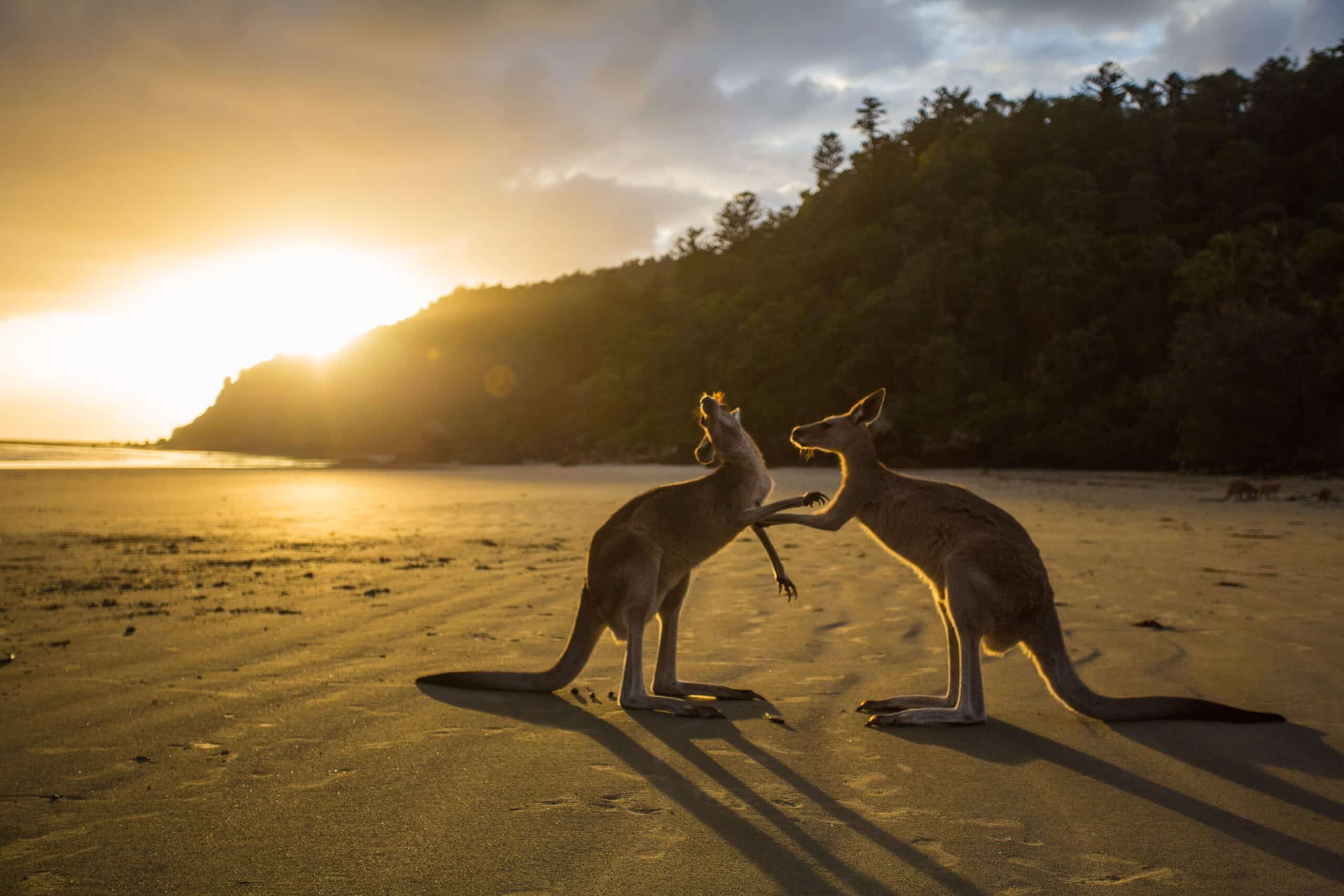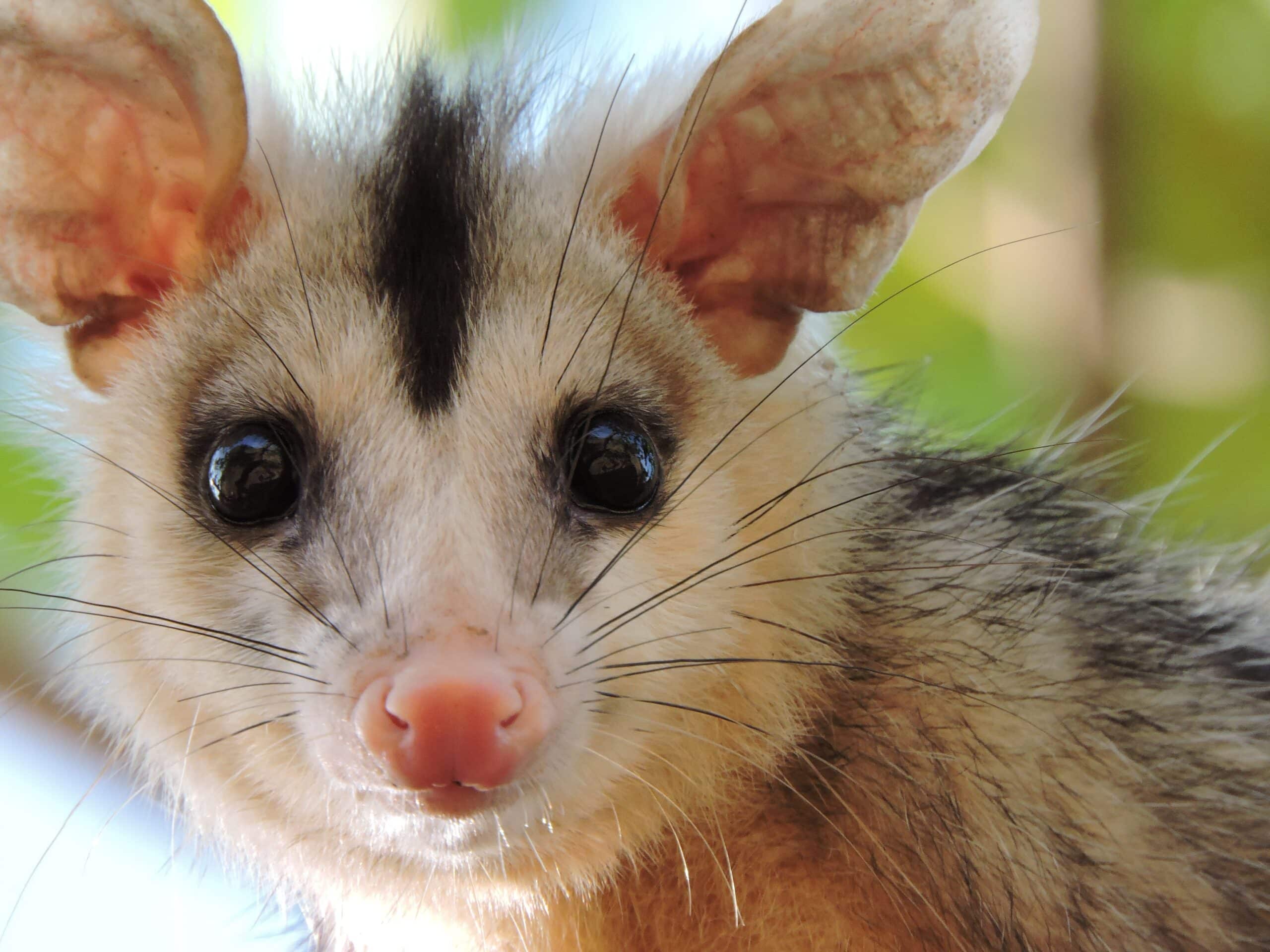
Have you ever wondered what life is like for the wild boar? Whether snuffling through the undergrowth or charging through the fields, these hefty and often misunderstood creatures are an integral part of many rural ecosystems—but how much do we know about them? Join me on a journey of discovery as we uncover the mysteries of boar life in the wild!
Introduction to Wild Boars
Wild boar, also known as a wild pig or feral pig, is a mammal of the family Suidae and a member of the subspecies Sus scrofa. Wild boar are the same species as their domesticated counterparts and are typically found in forests, moorlands, and other areas with plenty of vegetation. Wild boars have rust-colored fur, vast tusks, and long snouts; they are surprisingly adept swimmers and can reach speeds of up to 25mph when running across the land.
Like most animals, wild boars play an essential role in maintaining the balance of their ecosystem by eating large amounts of vegetation (especially roots), invertebrates, insects, small mammals, and eggs. Although these animals can potentially create problems for domestic livestock when they enter farms or gardens looking for food, overall, their presence encourages ecological diversity in habitats by facilitating the natural dispersal of various plant species.
Despite being relatively common in some parts of Europe, wild boars are still one of the lesser researched animals; there is still much to learn about their biology and behavior that could help us better understand these fascinating creatures. Therefore this guide aims to provide more insight into this remarkable species by tackling various topics such as its behavior patterns, life cycle, and habitat requirements.
Wild Boar Habitats
Wild boars are mainly terrestrial animals and can be found in many different ecosystems, ranging from open and sparsely vegetated to humid and dense forests. They have also been found to occupy agricultural areas such as crops, grasslands, and pastures. In some cases, domesticated pigs have turned feral and joined wild boars in forming a hybrid species.
Wild boar habitats vary significantly according to their local environment. In years with plentiful rainfall, wild boars will actively forage for food within a wide range of habitats, including forests, scrub forest edges, open fields with tall vegetation like grasses or rushes, and even directly on the ground among crops. During prolonged dry periods when food is scarce, they can retreat deep into the mountains or thick vegetation where they can safely wait out the drought.
The size of their home range varies considerably according to the availability of food sources; however, it is estimated that this ranges between 1-3 km² for adult males at optimal conditions. Wild boar prefer areas with ample cover, whether from vegetation or rocky outcrops, so they can safely hide from predators such as humans or large cats. Moreover, wild boars need water resources nearby,y, which can also be a determining factor when selecting their habitat. Even today’s modern breeds cannot survive without access to water sources for more than a few days.
Wild Boar Behaviors
Wild boars make up a diverse population that spans many continents and habitats. To understand how boars live and interact in the wild, it is essential to study the behaviors that occur in their natural habitats. This can be broken down into four main categories: social, maternal, reproductive, and predation.
- Social Behaviors: Wild boars have well-defined hierarchies and a complex communication system to interact with each other. They commonly move in groups or “sounders” composed of related individuals that work together for protection and food finds.
- Maternal Behaviors: Females are responsible for taking care of their young until they are ready to go out on their own by teaching essential skills such as avoiding predators, finding food resources efficiently, etc.
- Reproductive Behaviors: Males become actively involved during the mating season, including showing aggression toward rivals when competing with females and defending their sows from other males.
- Predatory Behaviors: Although not considered predators, wild boars feed on plants and small animals, such as insects and amphibians, when searching for food sources throughout the forests or fields where they live. When threatened or cornered by predators, boars may also use defensive strategies such as running fast toward thick vegetation or swamps where they cannot be followed by four-legged hunters most of the time.
Wild Boar Diet
Wild boar can be found foraging in a variety of habitats and seasons throughout the world. They are opportunistic omnivores, meaning they eat both plant and animal matter. Depending on their habitat, they feed on vegetation like mushrooms, algae, tubers, fruits, nuts, and acorns during the warmer months. They turn to predatory behavior like scavenging or following larger animals during winter. Wild boars also eat invertebrates by digging in mud and stumps. They frequently feed in the water, searching for crabs, turtle eggs, aquatic plants, or frogs.
Wild boars have also been known to interact with humans – sometimes stealing food like trash or items from farms – which has earned them a bad rap. Compared to domestic pigs, wild boars have longer legs that help them traverse long distances over varying terrain while foraging for food sources throughout their environment. They also have specialized teeth that assist in their search for sustenance, inc,luding sharp upper canines used for tearing apart plant material and molar-type teeth used for grinding more complex substances like nuts or fruits.
Wild Boar Interactions with Humans
Wild boars in the wild have been known to interact with humans, but how they react and how habituated to human presence largely depends on the region where they live. In areas where humans hunt wild boar, encounters may involve aggressive behavior from the boar. If a wild boar feels threatened or is cornered by a hunter, it will often respond with alarm signals such as grunting and stamping its hooves before charging at the perceived threat.
Wild boars also have the potential to trample small crops while foraging near settlements. This can lead to significant damage, including yield loss and even financial hardship for those who rely on their crops as a primary source of income.
Where encounters between humans and wild boars involve peaceful interactions, the animals can become quite used to people over time, allowing them to graze nearby or even enter villages during nightfall in search of food scraps. Although initially quite fearful of humans, if given enough time, wild boars will display a relative sense of calmness during interactions, such as approaching unsuspecting individuals when scavenging for food in villages. In such relaxing circumstances, some human-wild boar relationships form, resulting in further benefits through a better understanding of wildlife behavior that may help enhance wildlife conservation efforts.
Impact of Human Activity on Wild Boar Populations
Human activity has had a lasting impact on wild boar populations. Since these animals were domesticated initially for food, their habitats have been gradually altered through human development and land use. As a result, human disturbance can cause boar populations to decline in the wild. This can be particularly noticeable in areas where wild boars are found near urban centers, parks, and recreational spaces such as golf courses.
In addition to changes in habitat, introducing hybrid cows and domesticated pigs into wild boar populations is a primary reason for population decline. The hybridization process has reduced the genetic diversity of wild boar populations and weakened their ability to survive environmental change. Furthermore, hunting practices can reduce the natural ability of wild boars to adapt by decreasing the number of inherited critical traits found in these animals or limiting access to food sources.
Human activity’s effects on wild boars vary across different regions. They are determined by numerous factors such as population density, local land-use practices, wildlife management policies, and other environmental considerations that may influence reproduction success. For this reason, it is essential to understand how humans interact with wild populations to mitigate any potential negative impacts caused by our activities.
Conservation of Wild Boar Populations
Wild boar conservation is essential for long-term species survival and to ensure healthy populations are maintained in the wild. As with most large mammal herbivores, wild boar require conservation efforts to ensure effective habitat management, particularly in areas where human-wildlife conflict has led to declines in local wild boar numbers. To achieve effective, sustainable conservation of wild boar, an integrated approach that combines habitat protection measures with population monitoring and research is needed.
Habitat Protection: Protecting suitable habitats for wild boar is vital to the successful conservation of the species in the wild. Significant areas of natural vegetation must remain undisturbed, as these provide vital components such as food supply and sheltering cover for boars. Furthermore, this also helps create buffer zones between vulnerable wild boar populations and where human disturbance occurs due to hunting or agricultural activity.
Population Monitoring: Effective monitoring of population trends is necessary to inform conservation strategies and assess their effectiveness. Wild boars may be monitored through counting methods or mark-recapture techniques that involve tagging individuals with uniquely coded notches on their ears. This can aid population estimation by allowing individuals to be tracked if they are re-sighted in the same area over time.
Research: Research into the biology, behavior, and ecology of wild boar helps us understand their needs more fully and implement more effective management solutions tailored specifically for them—the success or failure of any conservation efforts depends considerably upon understanding such details. Research into disease trends can also inform our understanding of how parasites may hinder growth or survival rates within a particular population—knowledge that can help develop better preventative measures if required.
Overall, successful conservation relies on information from all three factors combined; recognizing the importance of individual aspects will help improve our chances of providing successful long-term protection measures for these iconic animals.
Conclusion
Wild boars are unique and fascinating animals that play an essential role in our ecosystem. The fact that these creatures have evolved so successfully in such a wide variety of environments is a testament to their remarkable adaptability.
Understanding the behaviors and ecology of wild boar populations can help us find ways to coexist with them peacefully. Additionally, research has shown that keystone species such as wild bo and ars are necessary for healthy ecosystems, making it even more critical for us to learn about them.
By better appreciating wild boars’ roles in our natural environment, we can make informed decisions about managing their populations best. Ultimately, careful management of wild boar populations will help promote healthy ecosystems and contribute to the conservation of numerous species across the globe.





